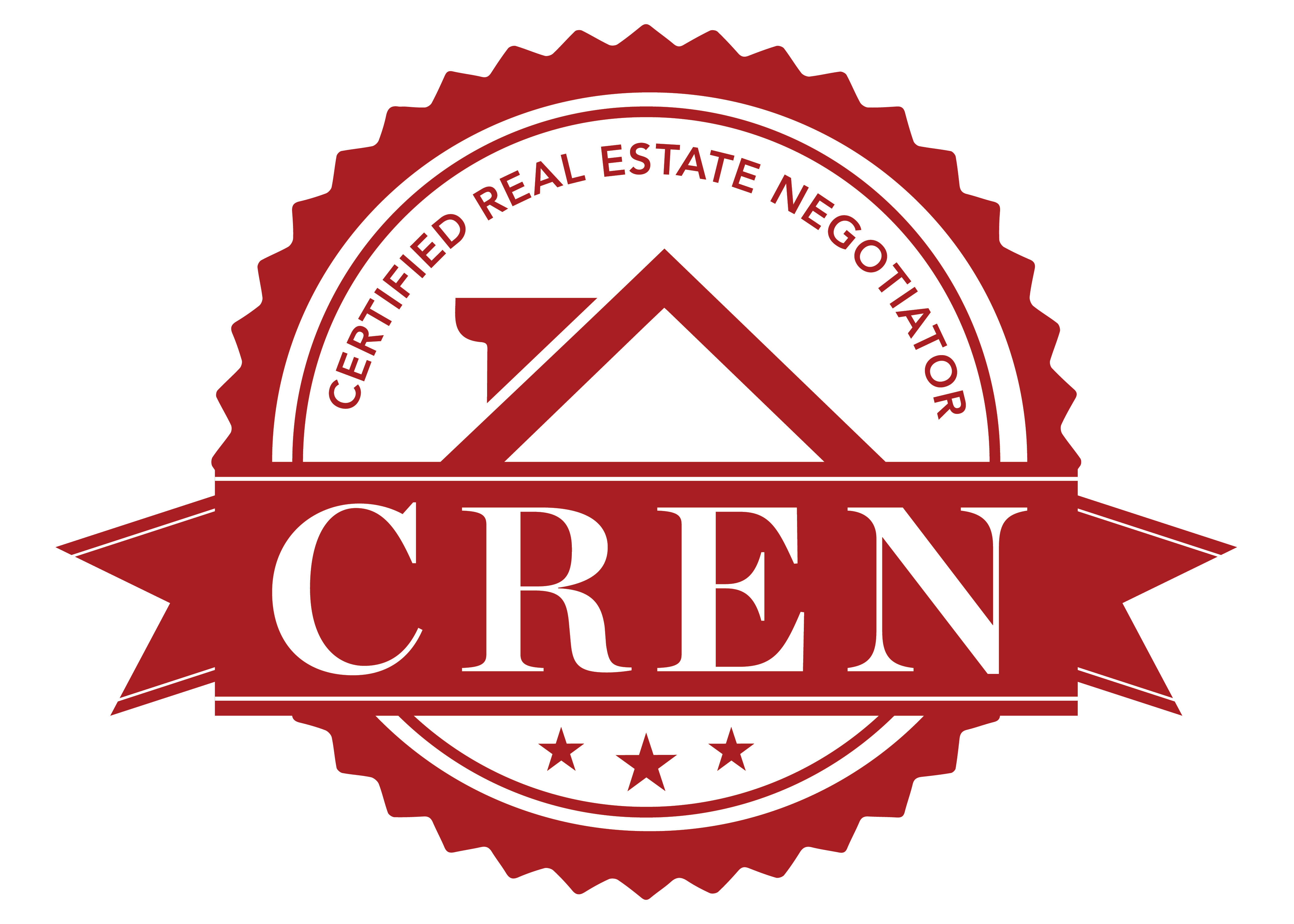Navigating the rental market can be daunting, whether you’re a seasoned tenant or looking for your first apartment. One tool that can significantly enhance your lease application is an introduction letter. This personal touch can set you apart from the crowd and help landlords see more than just your credit score and rental history.
What is an Introduction Letter?
An introduction letter for a lease application is a brief document where you introduce yourself to potential landlords. It accompanies your formal application and other documents like your credit report and references. Think of it as a cover letter for a job application—it’s your chance to make a positive first impression.
Why Include an Introduction Letter?
1. Personal Connection: Renting a property is not just a business transaction; landlords are entrusting their property to you. An introduction letter helps create a personal connection and gives a sense of who you are beyond numbers and lists on your application.
2. Stand Out from the Crowd: In competitive rental markets, it’s crucial to stand out. A well-crafted letter can highlight your stability, reliability, and suitability as a tenant in ways that standard forms and financial documents cannot.
3. Opportunity to Explain: If there are potential red flags in your application, such as a less-than-perfect credit score or gaps in rental history, an introduction letter gives you a chance to explain these issues candidly. Providing context can help alleviate any concerns a landlord might have.
What to Include in Your Introduction Letter?
1. Brief Introduction: Start with a brief introduction about who you are and why you are moving. This could be a new job, seeking more space, or wanting to live in a specific school district.
2. Professional and Personal Stability: Talk about your employment and how long you’ve been with your current employer. Mention any personal details that demonstrate stability and responsibility, such as community involvement or hobbies.
3. Lifestyle and Habits: Assure the landlord of your lifestyle that aligns with being a good tenant. Mention if you’re a non-smoker, pet owner, or how you spend your free time. This reassurance can be particularly persuasive.
4. Forward-Looking Statements: Express your enthusiasm for the property and the neighborhood. Make it clear that you’re looking for a place to call home for a long duration.
5. Closing Remarks: Thank the landlord for considering your application and express your hope for a positive response.
Sample Introduction Letter Excerpt:
Dear [Landlord’s Name],
My name is [Your Name], and I am currently seeking a new place to call home due to [reason for moving]. I have been employed at [Your Employer] for [X years], which provides me stability and the means to be a responsible tenant. I pride myself on being quiet, clean, and respectful of my living environment. I am particularly drawn to your property because [reason why you like the property], and I am excited about the possibility of contributing positively to the community there.
Thank you for considering my application. I am looking forward to potentially calling your property my new home.
Sincerely, [Your Name]










 Views Last 7 days : 40
Views Last 7 days : 40 Views Last 30 days : 975
Views Last 30 days : 975 Views This Year : 1417
Views This Year : 1417 Total views : 2184
Total views : 2184